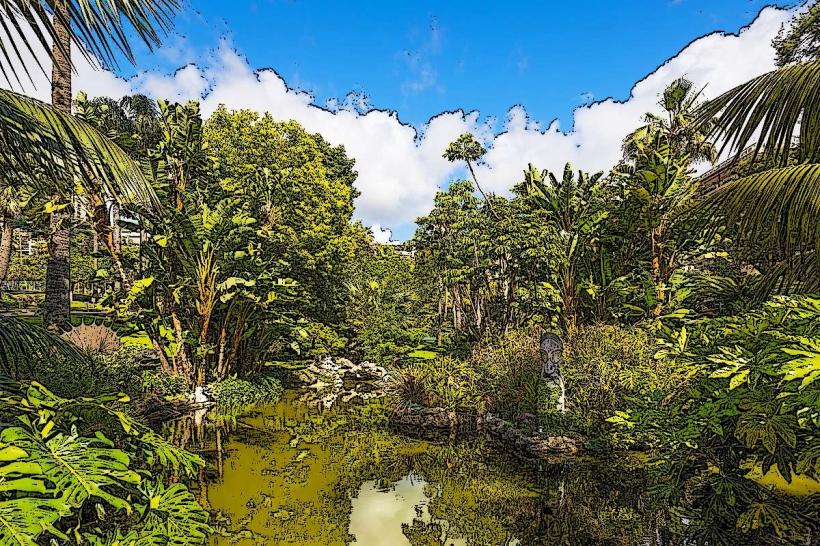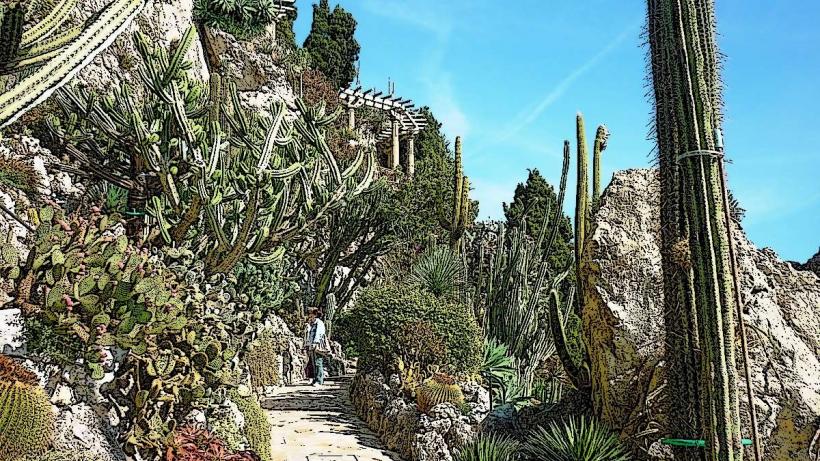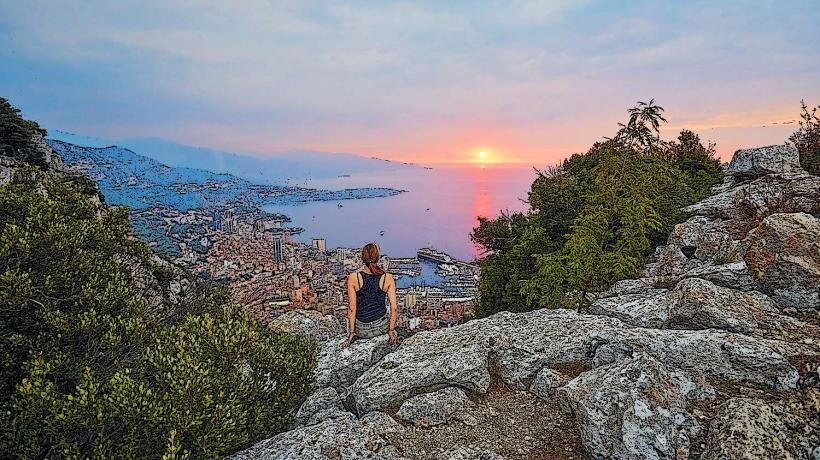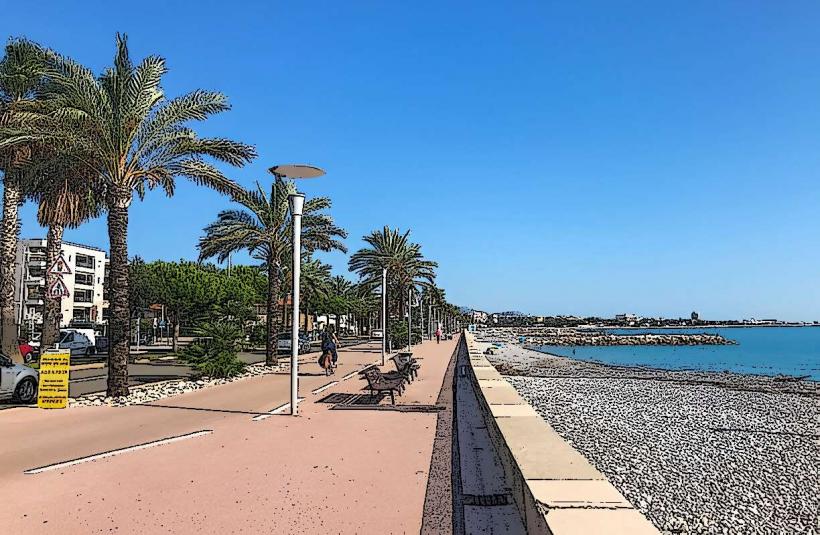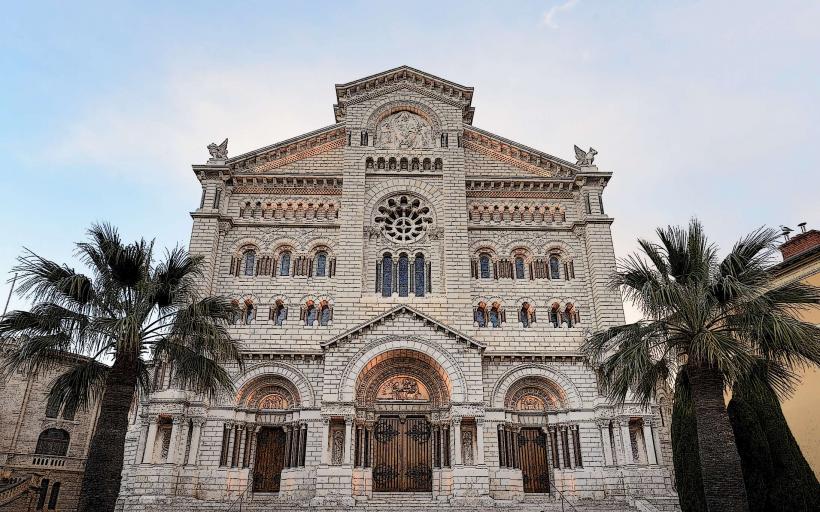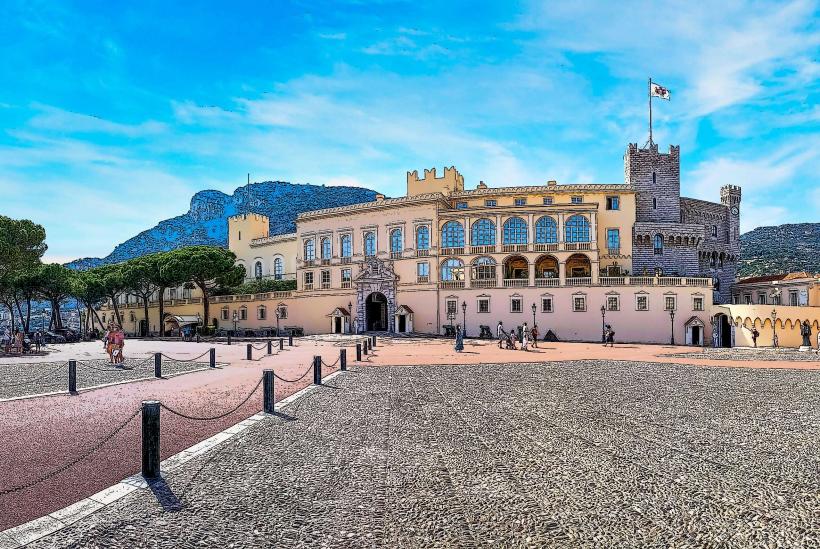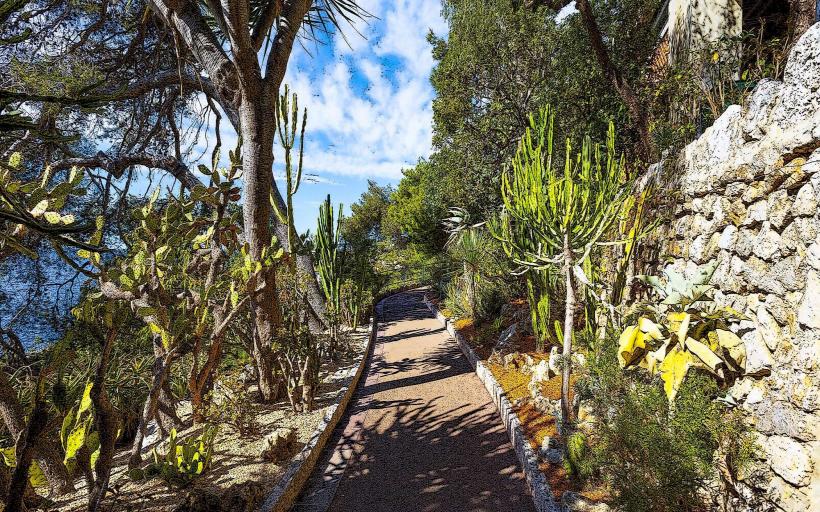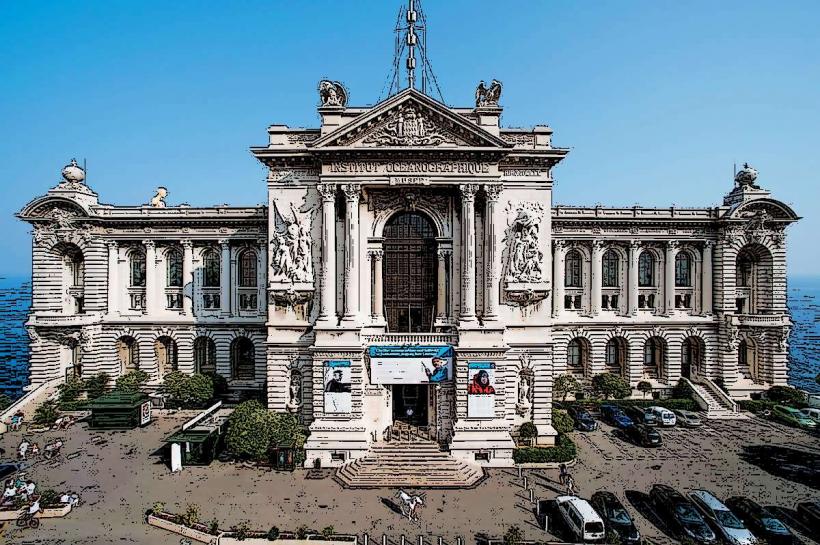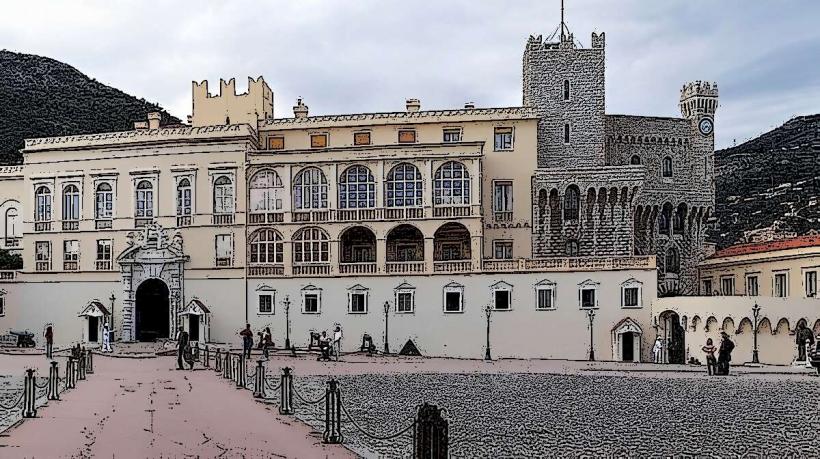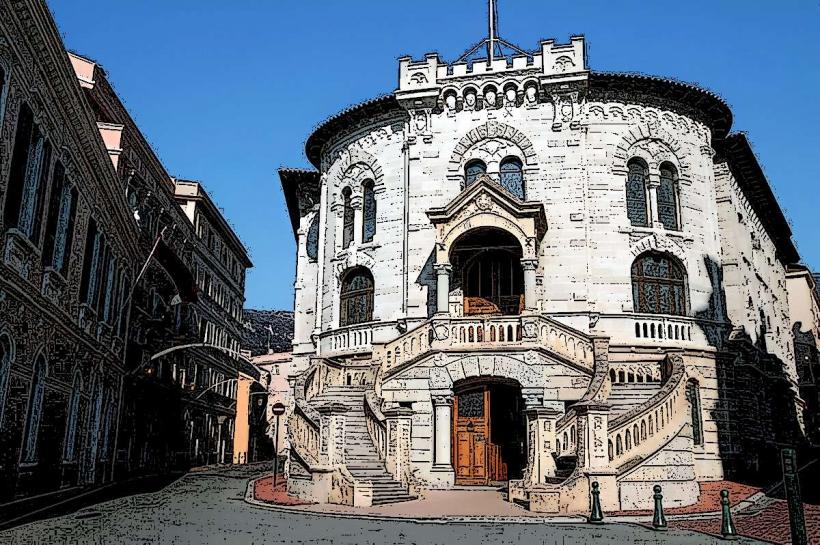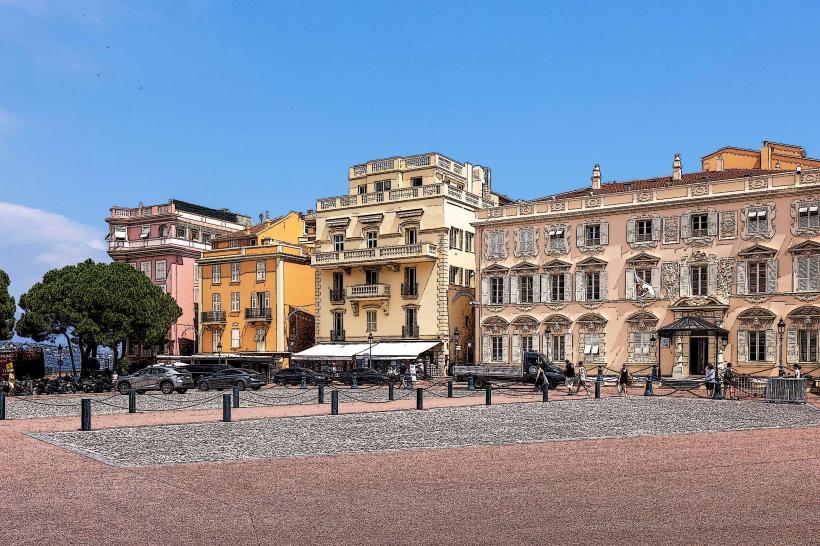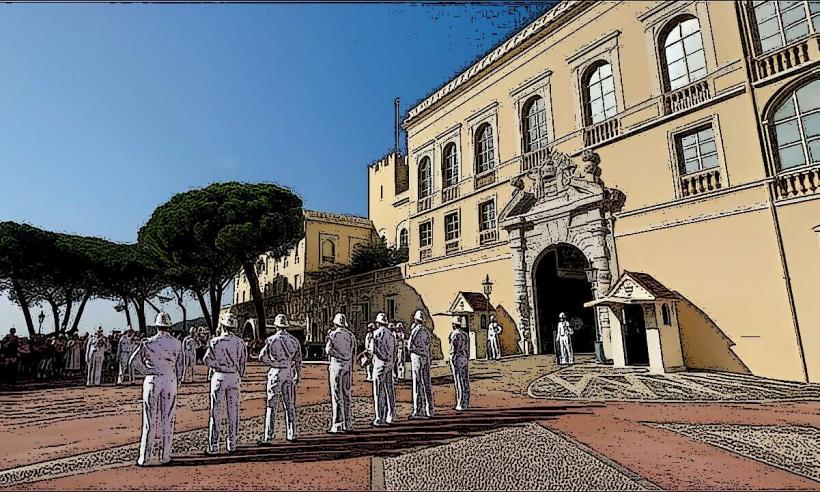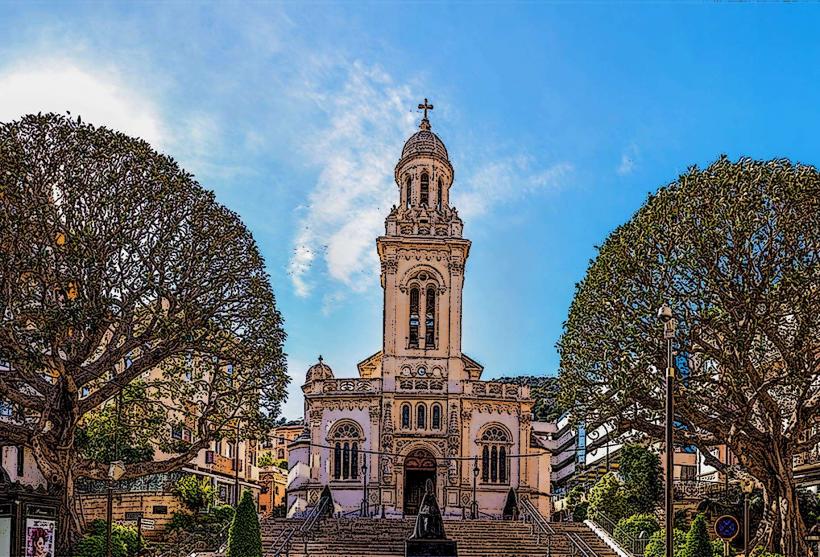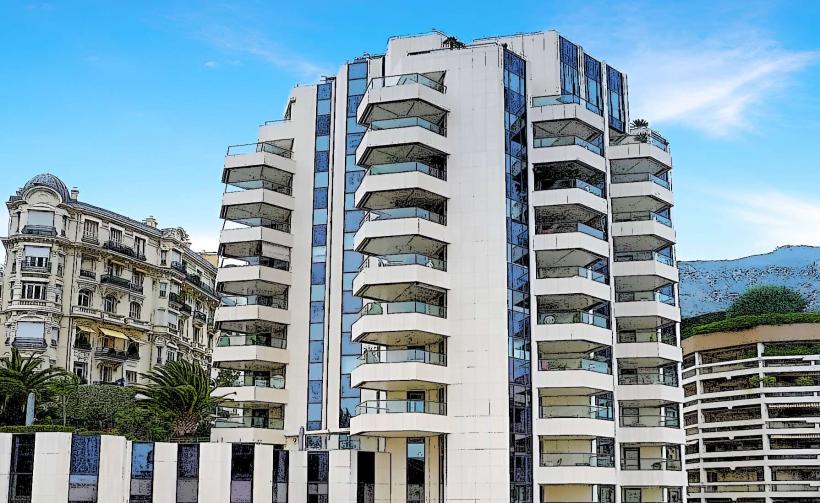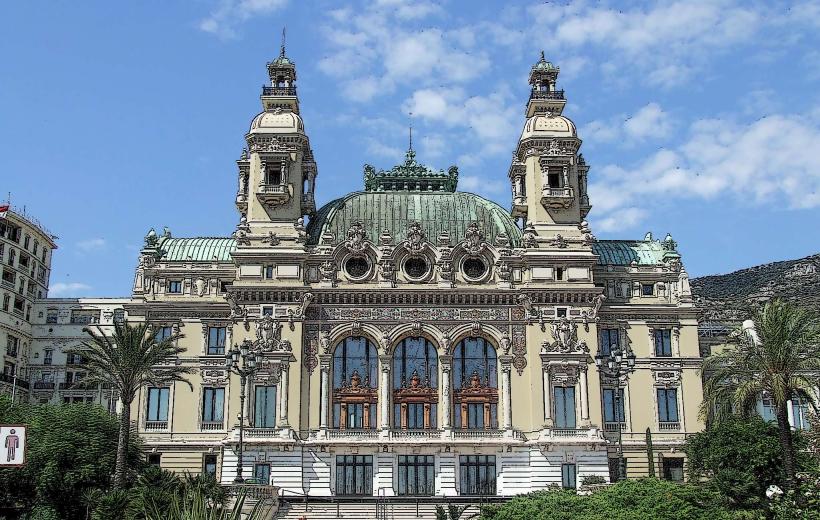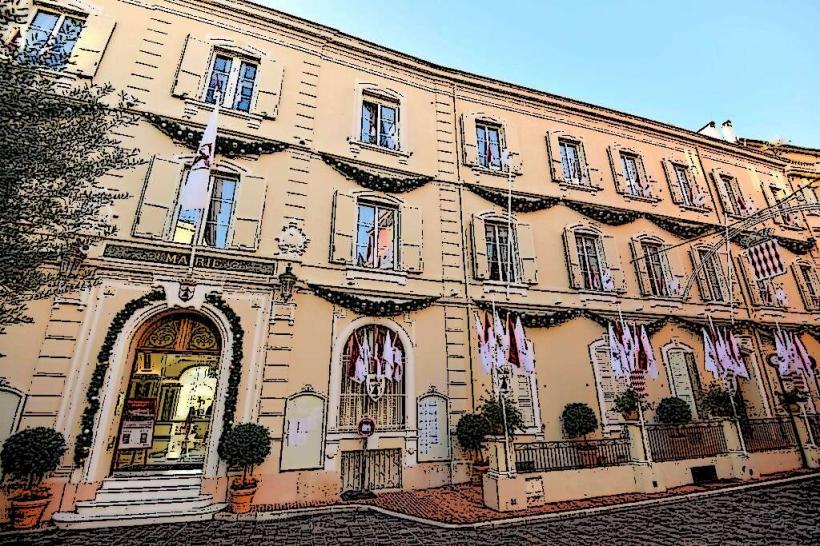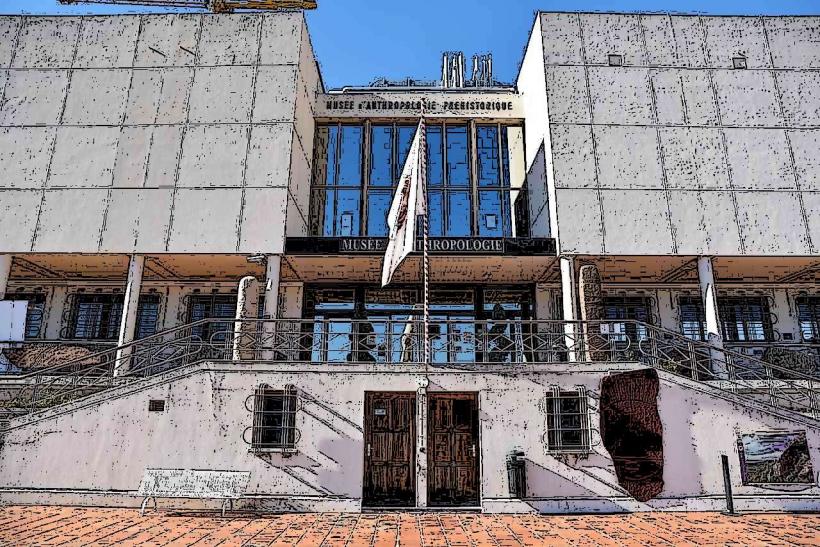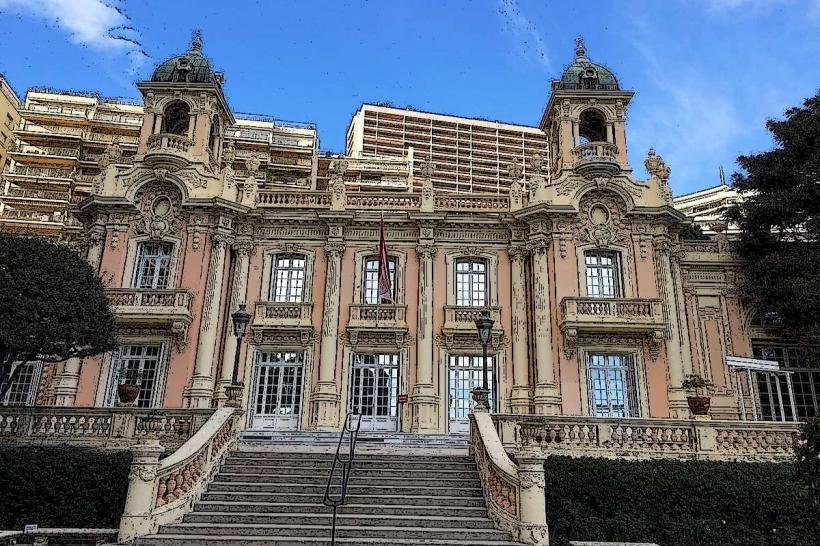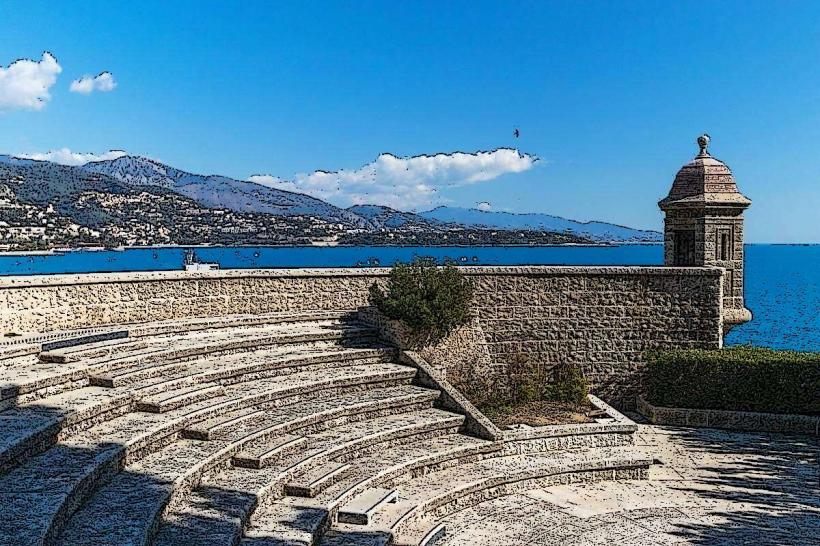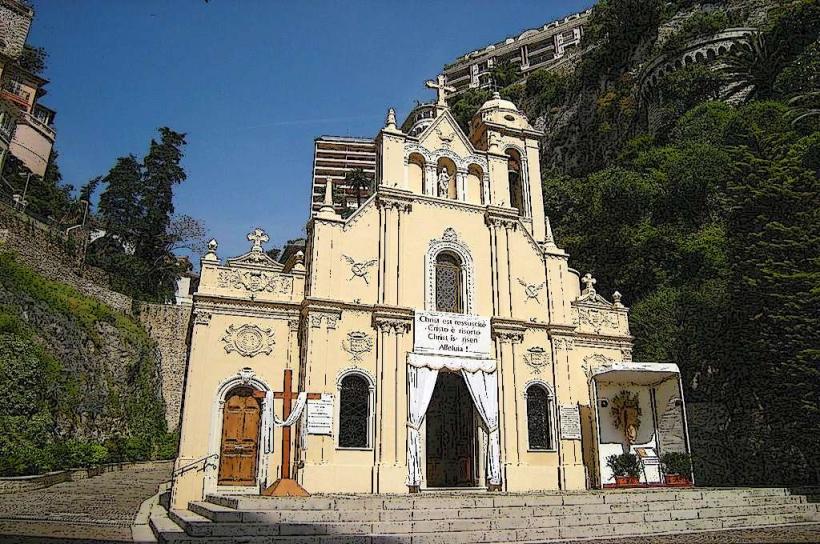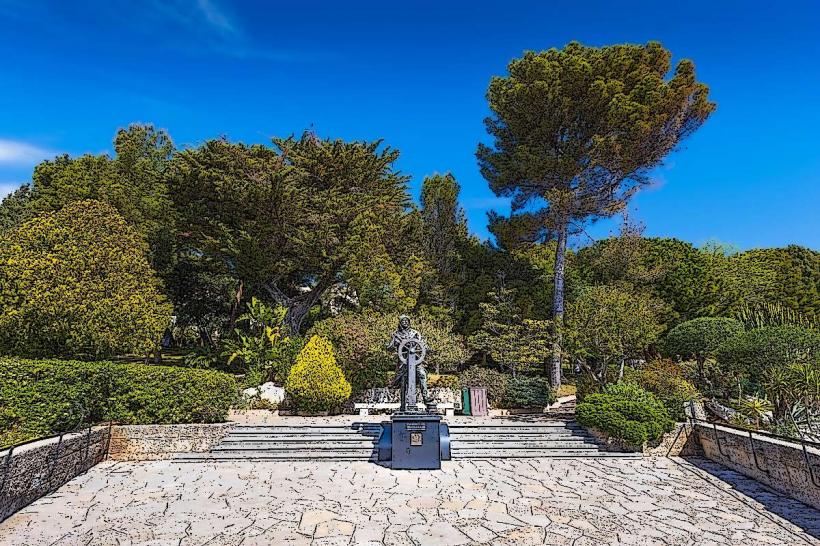Information
City: Monaco VilleCountry: Monaco
Continent: Europe
Monaco-Ville, also known as Le Rocher (the Rock), is one of the four traditional quarters of the city-state of Monaco. It is located on a rocky outcrop overlooking the Mediterranean Sea and serves as the historical and cultural heart of Monaco. Monaco-Ville is home to significant landmarks, including the Prince’s Palace and the Monaco Cathedral. The area offers both historic charm and stunning views, making it a major tourist attraction.
Geography and Location
Monaco-Ville is situated on a promontory or rocky hill that rises sharply above the surrounding area. The district enjoys spectacular panoramic views of the Mediterranean Sea and the rest of Monaco, including the Port Hercule and La Condamine. The location is strategic, both for defensive purposes in the past and for its breathtaking scenery today.
Being the highest point in Monaco, Monaco-Ville is easily recognizable from various points in the city-state. The narrow streets and steep inclines give the area a unique charm, with medieval-style architecture, small squares, and historic buildings.
History of Monaco-Ville
Monaco-Ville is the oldest district in Monaco and has been inhabited since ancient times. Its history is closely tied to the development of the Principality of Monaco, which was established by the Genoese in the 13th century.
Early History: Monaco-Ville was originally a Greek settlement before being taken over by the Romans. It was later fortified by the Genoese in the 13th century. The Genoese fortress became the foundation of the modern Prince’s Palace, which was built on the site of the original fortress.
The Grimaldi Dynasty: Monaco-Ville has been the residence of the Grimaldi family, Monaco’s ruling dynasty, for over 700 years. In 1297, Francesco Grimaldi, disguised as a monk, seized the fortress, which would later become the Prince’s Palace. Since then, the Grimaldi family has ruled Monaco, with the Palais Princier (Prince’s Palace) still serving as the official residence of the royal family.
Modern Times: Over the centuries, Monaco-Ville has undergone various developments but has maintained its historical character. The district remains the center of political power, culture, and heritage in Monaco, attracting visitors from around the world. The government offices, including the Monaco City Hall and the Courthouse, are located here, in addition to the Prince’s Palace and Monaco Cathedral.
Key Landmarks in Monaco-Ville
Monaco-Ville is home to several iconic landmarks that reflect its rich history and royal heritage. Some of the most notable sites include:
Prince’s Palace (Palais Princier): The Prince’s Palace is the official residence of the ruling Grimaldi family. The palace is an architectural marvel, blending Renaissance and Baroque styles. Visitors can tour the State Apartments, which are elaborately decorated, and enjoy panoramic views of Monaco and the Mediterranean. The changing of the guard ceremony, held at noon each day, is a popular attraction.
Monaco Cathedral (Saint Nicholas Cathedral): The Monaco Cathedral, built in the 19th century, is a Romanesque-style church and the final resting place of many members of the Grimaldi family, including Princess Grace (Grace Kelly). The cathedral’s white stone exterior and its serene interior, with the altar and organ, make it a significant religious and cultural site in Monaco.
Oceanographic Museum: Perched on the cliffs, the Oceanographic Museum of Monaco is one of the world’s most famous marine museums. Established in 1910 by Prince Albert I, the museum is dedicated to the study of marine science and oceanography. It houses impressive collections of marine fauna and has an aquarium with a variety of species from the Mediterranean and beyond.
Saint Martin Gardens: The Saint Martin Gardens are a public park located near the Prince’s Palace, offering both a place of tranquility and beautiful views of the coast. The gardens are full of exotic plants, sculptures, and fountains, making it a perfect spot for relaxation and leisurely walks.
The Rock: Le Rocher or The Rock is the rocky hill on which Monaco-Ville is situated. It has been the historical heart of Monaco and remains the city’s most iconic landmark. Visitors can explore the narrow, winding streets of the district, leading from the Palace to the various attractions.
Monaco Government Buildings: The district houses several important governmental institutions, such as the Monaco City Hall and the Courthouse, reflecting its role as the administrative and political center of Monaco.
The Old Town (Vieux Monaco): The old town of Monaco-Ville is known for its narrow, cobblestone streets, picturesque buildings, and charming squares. It’s a great area for exploring on foot, offering both historical architecture and modern boutiques and cafés.
Culture and Lifestyle
Monaco-Ville retains its role as the cultural and historic heart of Monaco, while also serving as a center of government and administration. The district blends the ancient with the modern, with traditional Monegasque culture coexisting with the luxurious lifestyle associated with Monaco.
Cultural Events: Monaco-Ville hosts a variety of cultural events, especially around the Prince’s Palace and Oceanographic Museum. Throughout the year, the district plays host to music festivals, art exhibitions, and traditional celebrations. National Day (November 19th) is an important occasion in Monaco, with festivities taking place in the Prince’s Palace and across the city.
Gastronomy: The area features a number of restaurants and cafés that offer a range of Monegasque and international cuisine. Dining in Monaco-Ville allows visitors to enjoy not only delicious food but also magnificent views of the surrounding sea and coastline. Monaco’s culinary scene is renowned for its fine dining, with several Michelin-starred restaurants located throughout the city-state.
Shops and Boutiques: Monaco-Ville is also home to several boutiques and artisan shops that sell luxury goods, fine art, and local crafts. Shopping in this area reflects Monaco’s reputation as a high-end, glamorous destination.
Monaco’s Heritage: Monaco-Ville is the cultural center where visitors can learn about the Monegasque way of life. The district showcases local traditions, customs, and history, with several cultural sites that highlight Monaco's royal history, such as the Royal Palace and Monaco Cathedral.
Transportation
Monaco-Ville is a small and compact area, making it ideal for exploration on foot. The district is easily accessible from the rest of Monaco by bus, taxi, or even on foot via the elevator that connects Monaco-Ville to the lower areas of the city, such as Monte Carlo and the harbor.
- Public Transport: Monaco has an efficient public transport network, including buses that serve the district, making it easy to travel to other areas of the principality.
- Walking: Given the relatively small size of Monaco-Ville, walking is the most convenient way to explore its streets, squares, and landmarks.
- Parking: There are limited parking options within Monaco-Ville, as the district is located on a steep hill. However, there are parking facilities in nearby areas such as Monte Carlo and the Port Hercule area.
Conclusion
Monaco-Ville, or Le Rocher, is the historic and cultural heart of Monaco, offering a mix of royal heritage, cultural sites, stunning views, and vibrant local life. As the home of the Prince’s Palace, Monaco Cathedral, and the Oceanographic Museum, it is a must-visit area for anyone exploring the city-state. The district is a blend of history and modernity, with narrow, picturesque streets, cultural events, fine dining, and exclusive shopping opportunities. It is a symbol of Monaco’s royal past, its luxurious present, and its position as a global destination for culture, commerce, and leisure.


